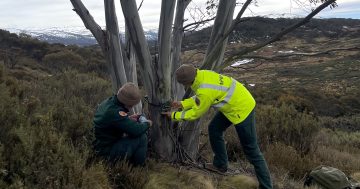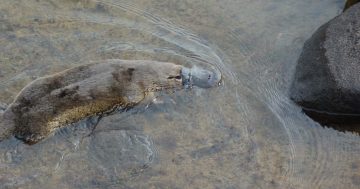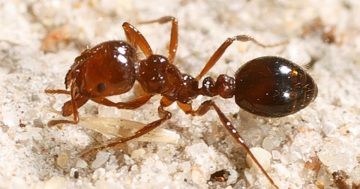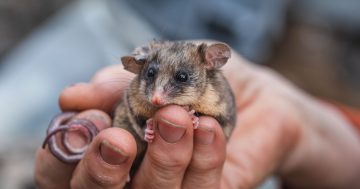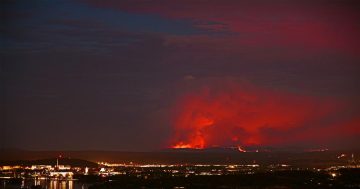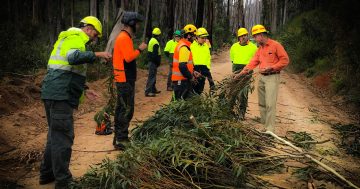 A list of threatened ecological communities affected by the recent devastating bushfires has been released by the Department of Agriculture, Water and the Environment.
A list of threatened ecological communities affected by the recent devastating bushfires has been released by the Department of Agriculture, Water and the Environment.
In a statement, the Department said preliminary results indicated that of the 84 threatened communities, four had more than 50 per cent of their estimated distribution within fire-damaged borders.
“Three have more than 30 per cent, but less than 50 per cent and 13 have more than 10 per cent but less than 30 per cent within the fire extent,” the Department said.
It said a further 17 communities had some distribution within fire-affected zones.
“The analysis covers bio-regions that have been impacted by fires in south-west Western Australia, southern South Australia, Victoria, NSW, south-eastern Queensland and Tasmania.
“These initial results are indicative only and are just the first step in understanding the potential impacts of the bushfires.”
It said the analysis area may be redefined in the future as more information about damage caused by the bushfires was received.
“Many eucalypts and other plants may recover well or even benefit from fire (depending on its intensity and frequency), while fire-sensitive plants such as sphagnum moss, many rainforest species or tree-growing orchids within the same ecological communities may be severely impacted, even by cool fires,” the Department said.
It said on-ground assessments and expert advice would be needed to better understand the short and long-term impacts and to help guide priorities for recovery.
“The Department and the Wildlife and Threatened Species Bushfire Recovery Expert Panel are working with states and territories and other scientific experts to improve the mapping, determine the likely response of these ecological communities and the individual species within them to fire, and to identify critical knowledge gaps.
“This will help to refine the list of ecological communities of greatest concern, and to guide decisions about emergency interventions that will support the short and medium-term survival of affected animals and plants within ecological communities,” it said.


